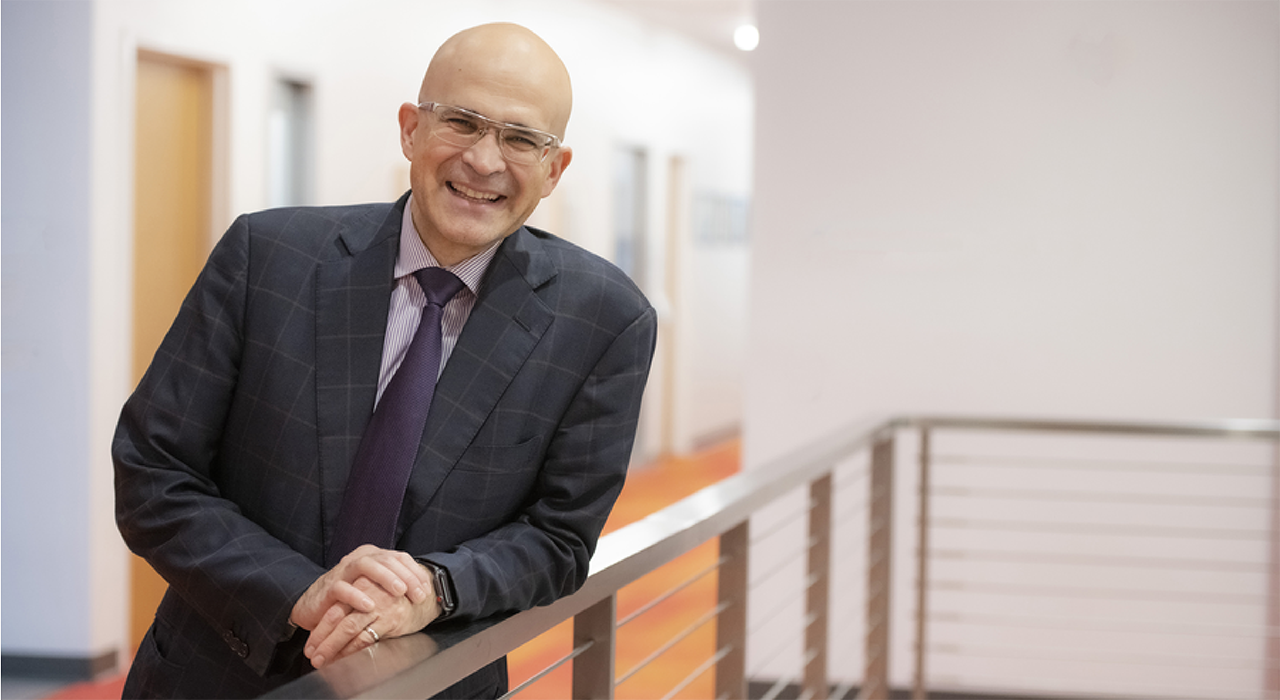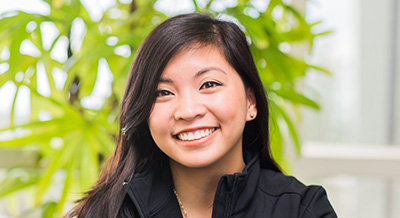UC Davis Health recently welcomed Bob Kiaii, B.SC., M.D., as our new chief of cardiothoracic surgery. The internationally acclaimed clinician and researcher is currently president-elect of the International Society for Minimally Invasive Cardiothoracic Surgery, and known for several surgical firsts and advancements in the field.
Before joining UC Davis Health in January from Western University in Ontario, Canada, Kiaii performed a number of pioneering procedures, such as:
- North America’s first combined surgical and percutaneous procedure for multi-vessel coronary artery disease on the beating heart
- The world’s first robotic-assisted surgeries for aortic valve replacement for aortic valve stenosis, right atrial perforation repair and left atrial appendage ligation for atrial fibrillation
- The world’s first aortic valve bypass using the Correx apical conduit.
At Western, he served as chair of cardiac surgery at the Schulich School of Medicine and Dentistry — consistently ranked among Canada’s top medical schools — and as chief of cardiac surgery at one of the country’s largest acute-care teaching hospitals, London Health Sciences Centre. He was also a founding member of the Canadian Surgical Technologies and Advanced Robotics (CSTAR) of the highly ranked Lawson Health Research Institute.
Q. Why did you decide to come to UC Davis Health?
I really liked the overall team approach to surgery at UC Davis, and that all of our surgeons are leaders in their respective fields. I also liked the fact that the institution has invested in robotic technology, which is the future of heart surgery.
Q. You’ve performed several robotic and minimally invasive firsts — why your interest in pushing the frontier?
I believe that the advancement of technology has enabled us to accomplish procedures less invasively and more accurately. As procedures undergo their evolution, there are always better ways to perform them in order to promote quicker recovery and return to normal activities of daily living. There has never
been a better time to translate the developed research into novel procedures to improve the delivery of care, specifically in heart disease. Hence, my passion to push the frontier and provide less-invasive procedures for appropriate patients.
Q. You recently completed the university’s first minimally invasive videoscopic mitral valve procedure, as a new option between open surgery and clipping via catheterization.
We now screen all mitral valve patients for minimally invasive videoscopic repair approaching the heart using the between-the-ribs approach. Younger, healthier individuals usually benefit greatly, and return to normal quality of life much more quickly than via a conventional sternotomy. Hospital stays can generally be reduced by 2–3 days, and return to normal activity after 3–4 weeks post-procedure. We do perform transcatheter mitral clip procedures, but reserve them for patients who are not good surgical candidates, such as patients at high risk of surgery.
In general, I’m committed to using the tools that are best suited for each patient. If less-invasive robotic surgery could be an option, I always provide that as an option of treatment for the patient, because it can also reduce the patient’s recovery time from weeks to days.
Q. Could you share some thoughts on current trends in the field?
Presently the trend in the field of cardiovascular medicine is heart team approach to delivery of care. The fields of interventional cardiology and cardiac surgery are merging more and more together. Transcatheter technologies in conjunction with computer-assisted minimally invasive surgery will provide the option of hybrid cardiac intervention for patients with cardiovascular disorders, in order to deliver much-improved and less invasive care.
Q. How else are these trends and advancements coming into play at UC Davis?
UC Davis already has a very well-accomplished and renowned transcatheter structural heart team. In addition, the university has access to leading-edge robotic technology, including the state’s first da Vinci SP robotic surgery system and a very well-accomplished robotic surgical program. These entities together will enable us to develop the robotic-assisted, multi-vessel hybrid bypass/revascularization program for coronary artery disease. The hybrid team approach treatment will also be applied to other procedures such as ablations for cardiac arrhythmia, lead placement, and treatment of valvular disorders.
This is an addition to other recent initiatives at UC Davis, such as development of the aortic program for the treatment of complex aortic disorders.
Q. To help expedite recovery, you developed a rapid-discharge strategy with anesthesia and nursing teams at your prior institution, and you’re introducing it here. What should we know?
I firmly believe that patients recover more quickly in the comfort of their own homes. Hence the development of Enhanced Recovery After Surgery (ERAS), which will allow suitable patients post-minimally invasive hybrid cardiac procedures to discharge sooner than the typical length of stay of 7–10 days. The protocol involves things such as extubation in the operating room, advancement in pain management, and early ambulation.
Q. What are some heart surgery research initiatives at UC Davis Health?
I think that the research in comparative outcomes has demonstrated the advantages of the less-invasive hybrid approaches. For instance, one of my studies showed that a combination of traditional percutaneous coronary revascularization plus less-invasive robotic-assisted surgical coronary intervention improved outcomes for some patients with complex coronary artery disease, rather than using just one or the other.
Q. What kind of experience can referring physicians and their patients expect from your division?
Timely assessment of the patients being referred by the referring physician, and suitable patients being offered the less-invasive/hybrid procedures with our post-operative ERAS pathway.





